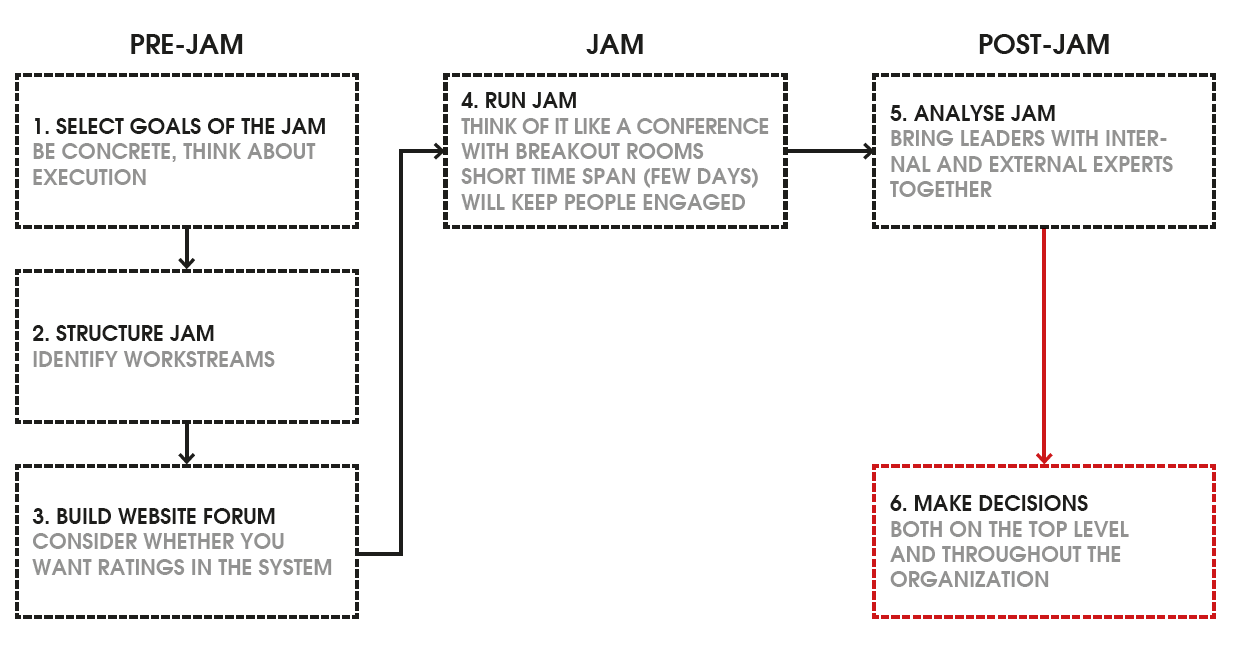This is a placeholder for a Best Practice pattern about Open Strategy. It is based on the following assumption:
Many FOSS projects would benefit from following a more strategic approach to their software development process.
Especially as projects grow larger or are more ambitious and complex Strategy has a prominent place in the #fsdl. It doesn’t stand on its own and will get input from Vision and Product Development related activities.
To gauge ideas on FOSS versus Strategy I sent a poll on the Fediverse, and it created one of the largest discussion threads I’ve been involved in. Here’s the poll post:
@humanetech@mastodon.social wrote:
Taking a strategic approach to software development projects. Have a vision, outline strategies, create a plan, act on it. Does it happen in FOSS world?
Searching on strategy gives pages full of biz this, commercial that, capitalistic BS.
Would FOSS benefit from being more strategic? There’s this concept called #OpenStrategy and it could be adapted, populated with practices that are useful for teams, communities, and the commons.

